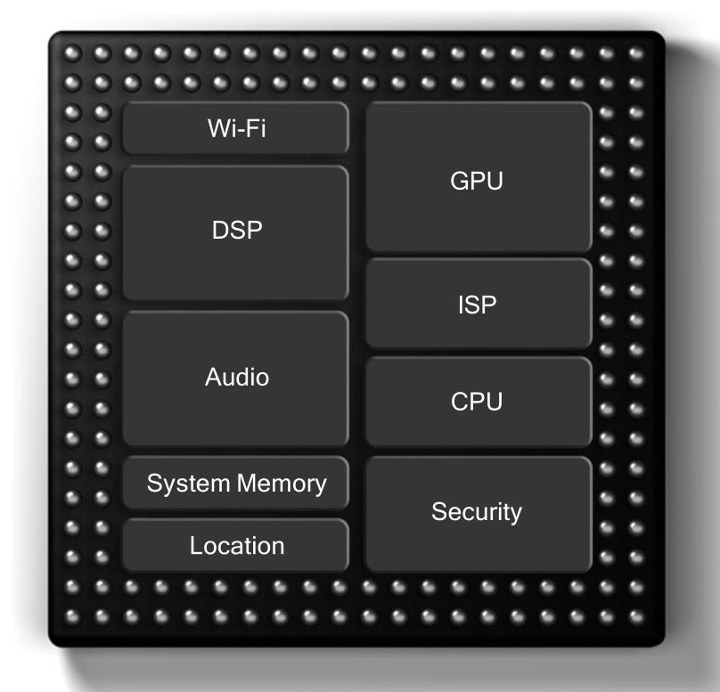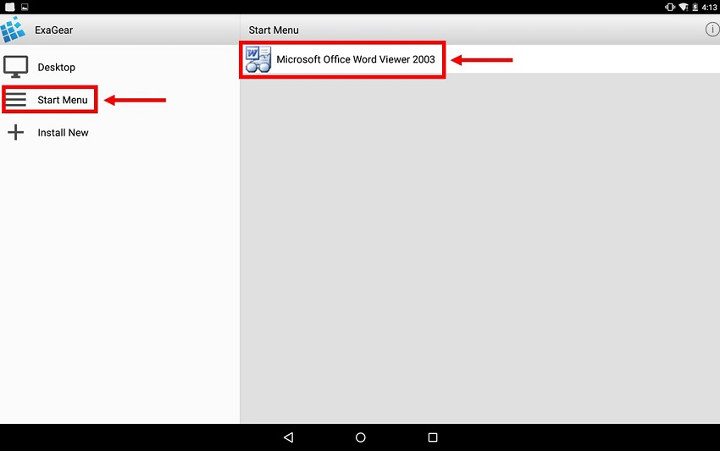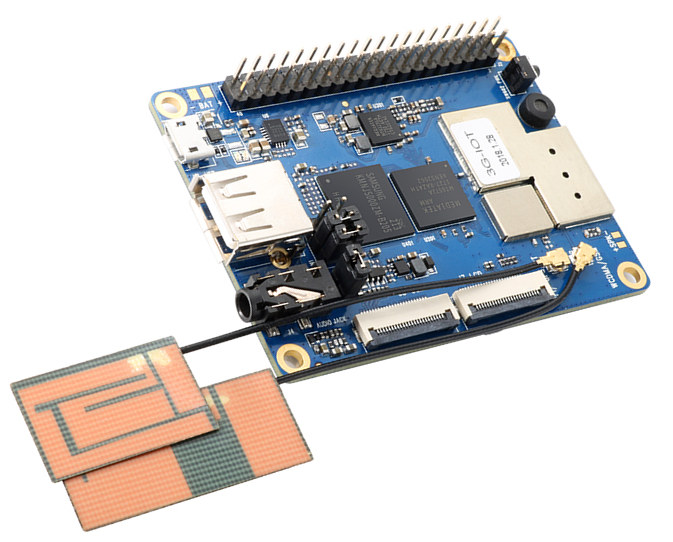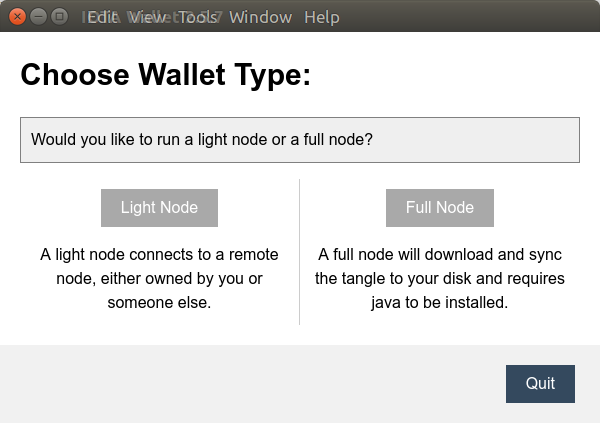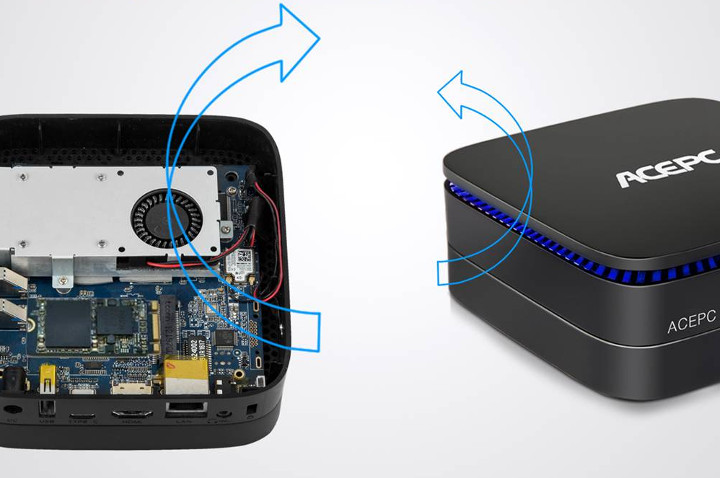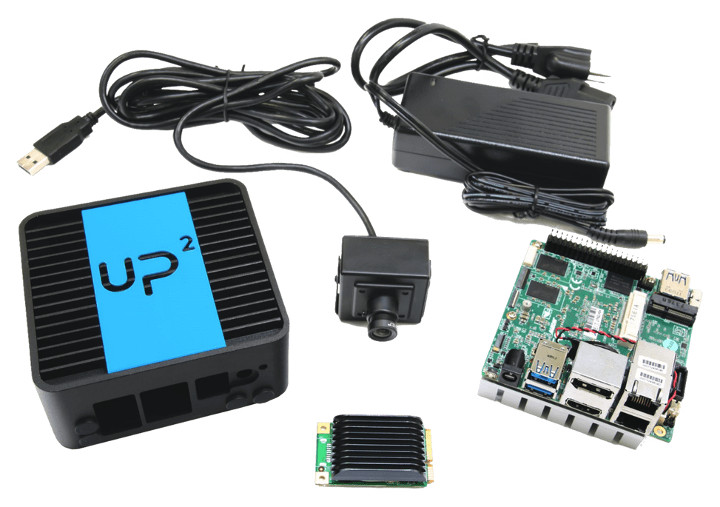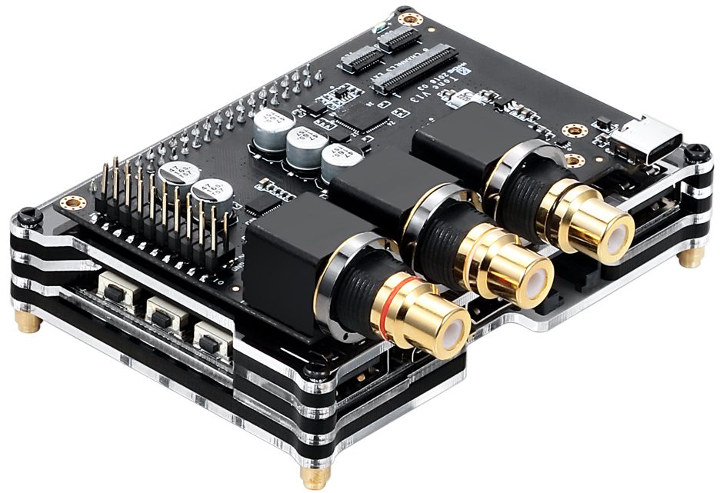Qualcomm has unveiled its first Snapdragon XR platform specifically designed for extended / augmented / virtual reality headsets during a launch event leading up to the Augmented World Expo (AWE). Snapdragon XR1 features the usual Arm based Kryo cores, Adreno GPU, Hexagon DSP, ISP, and so on, but for whatever reason, the company did not disclose details specifications about the platform / SoC. XR1 also provides Qualcomm AI Engine for on-device processing, as well as an advanced XR software service layer, machine learning, the Snapdragon XR Software Development Kit (SDK) and Qualcomm Technologies connectivity and security technologies. Advanced vision processing capabilities of the SoC enabled technologies such as Visual Inertial Odometry (VIO) The XR1 platform will be for higher headsets with 3 to 6 degrees of freedom (3DoF, 6DoF), support ultra high-definition 4K video resolution at up to 60 frames per second, and offer reduced unwanted noise using its Spectra […]
Run Windows Programs on Android Devices with ExaGear Windows Emulator App
In recent years, there have been efforts to run apps on operating systems they were not designed to run on. For example, Microsoft added Windows Subsystem for Linux to support Linux command line programs in Windows 10, and Google added the ability to run Android apps to Chrome OS, and is working on Linux programs support for Chromebooks. ExaGear has been providing software to run Windows programs in Linux, including on the Raspberry Pi boards, for several years, but they also published Exagear Windows Emulator – a paid Android app – to run Windows programs in any Android device with appropriate hardware specifications. The virtual machine works on Arm Android devices with with 32-bit x86 Windows applications. You just need to connect a keyboard and a mouse. 64-bit x86 applications and and x86 Android devices are not supported. Some of the supported apps and games include Caesar III, Heroes of […]
Orange Pi 3G-IoT SBC Launched for $24.90
We had two Arm Linux SBCs with cellular connectivity from Shenzhen Xunlong so far: Orange Pi 2G-IoT for 2G connectivity, and Orange Pi 4G-IoT with LTE support in Asia and Europe. But what if you needed 3G connectivity, and did not want to spend $45 on the 4G board? There was no option until today, but the company has just launched Orange Pi 3G-IoT with WCDMA (UMTS), TD-CDMA and CDMA2000 support. Orange Pi 3G-IoT-B board specifications: SoC – MediaTek MT6572 dual core Cortex A7 processor @ up to 1.2 GHz with Arm Mali-400 GPU System Memory – 512MB DDR2 Storage – 4GB eMMC flash, micro SD slot Display I/F – FPC connector for FWVGA display (854×480) Camera I/F – MIPI connector Audio – 3.5mm audio jack, built-in microphone, 2x solder pads for optional speakers Connectivity Cellular Nano SIM card slot 2G GSM – 850/900/1800/1900 MHz 3G WCDMA -(B1/B2/B5/B8), TD-CDMA, CDMA2000 […]
Vivo Y83 Mid-Range Smartphone Features MediaTek Helio P22 (MT6762) Processor with AI Acceleration
Last week, MediaTek unveiled their Helio P22 SoC for “mid range premium” smartphones manufactured with a 12nm FinFET process, and equipped with hardware blocks to accelerate artificial intelligence applications. Smartphones were expected later in Q2 2018, but it did not take long for the first announcement, as Vivo Y83 is one of the first Helio P22 smartphones. Vivo Y83 specifications: SoC – MediaTek Helio P22 (MT6762) eight-core Cortex A53 processor clocked up to 2.0 GHz with Imagination PowerVR GE8320 GPU System Memory – 4 GB RAM Storage – 64 GB storage, micro SD card slot up to 256 GB Display – 6.22″ multi-touch IPS display with 1520×720 resolution Camera – 8MP front-facing camera, 13MP rear camera with auto focus and flash; 1080p mp4 video recording Cellular Connectivity Dual SIM Dual Standby SIM card slot 2G GSM – 850/900/1800/1900MHz 3G – WCDMA: B1/B5/B8; TD-SCDMA: B34/B39;CDMA: BC0 4G – FDD-LTE: B1/B3/B5/B8; TDD-LTE: […]
IOTA Tangle is a Blockless Distributed Ledger for the Internet of Things – Running a IOTA Full Node on Rock64 Board
A lot of efforts is going into distributed ledger technologies like the blockchain, and while I keep hearing blockchain is the future, there’s a lot of hype, and so far I have not seen that many practical use cases. But recently I saw Open Source Foundries – a new company announced at Linaro Connect US 2017 – participated in the IOTA blockchain BoF at the OpenIoT Summit 2018 showing a demo publishing sensor data to the IOTA Tangle. So maybe we have a practical application here… Sadly, there’s no video recording of the IOTA blockchain BoF, so instead let’s go to the IOTA website to find out more. What is IOTA? That’s the short description of the solution: An Open-Source Distributed Ledger The first open-source distributed ledger that is being built to power the future of the Internet of Things with feeless microtransactions and data integrity for machines. The key technology […]
ACEPC GK1 is an Intel Celeron N4100 mini PC Cooled by a Fan
Last year, we shortly reviewed ACEPC AK1 mini PC powered by an Intel Celeron J3455 Apollo Lake processor, and greatly inspired from HP Elite Slice enclosure design. The company is now back with a upgraded model – ACEPC GK1 – that brings another Intel Celeron N4100 mini PC to the market, but with a 4GB/32GB RAM/storage configuration, and a detachable 2.5″ SATA drive bay. ACEPC GK1 specifications: SoC – Intel Celeron N4100 quad core Gemini Lake processor clocked @ 1.10 GHz / 2.40 GHz (Turbo) with Intel UHD Graphics 600; 6W TDP System Memory – 4GB LPDDR4 Storage – 32GB eMMC flash, 2.5″ SATA bay, M.2 SSD slot, micro SD card slot Video Output – 2x HDMI 1.4 ports (but the processor supports HDMI 2.0 natively…) Audio – Via HDMI, 3.5mm audio jack Connectivity – Gigabit Ethernet, dual band 802.11a/b/g/n/ac WiFi, Bluetooth 4.2 USB – 2x USB 3.0 ports, 2x […]
UP AI Edge Enables Artificial Intelligence on the Edge with Intel CPU, GPU, VPU and FPGA Solutions (Crowdfunding)
Back in February of this year, AAEON introduced their UP AI Edge family of products with UP AI Core mini PCIe card based on Intel Movidius Myriad 2 VPU (Vision Processing Unit), and UP Core Plus board powered by a choice of Apollo Lake processors, and supporting AI Plus FPGA and AI Net Ethernet expansion boards. The company has now launched a Kickstarter campaign for those boards, and added several new products including Vision Plus with three Movidius Myriad 2 VPUs, AI Core M2 with two Movidius Myriad2 VPU in M.2 2280 form factor, as well as the Up Squared AI vision development kit for OpenVINO toolkit. I won’t go through the products announced in February, but let’s have look at the new boards and cards. Vision Plus Board Vision Plus Specifications: VPU – 3x Intel Movidius Myriad 2 VPUs with 512 MB DDR Connectivity – 1x Gigabit Ethernet USB […]
Khadas Tone High Resolution Audio Board is Designed for Khadas VIM/VIM2, PCs, and Other SBCs
Khadas VIM and Khadas VIM2 are development boards powered respectively by Amlogic S905x and S912 processors that come with decent software support. The company also provides application specific add-on boards for their SBCs, and a while ago, I reviewed VIM2 with their dual tuner board and showed how to stream videos from my satellite dish or terrestrial antenna to the local network. Their latest solution is Khadas Tone board for high-quality audio applications. Khadas Tone “VIMs Edition” specifications: Multicore MCU – XMOS XU208-128-QF48 with 8x xCORE-200 cores up to 500 MIPS DAC – ES9038Q2M 32-Bit Stereo Mobile Audio DAC THD+N – ≤ 0.000337% @1KHz SNR – ≥ 120dB @ 10Hz~20KHz DNR – ≥ 120dB @ 10Hz~20KHz Crosstalk – ≥ 127dB @ 10Hz~20KHz Frequency Response – ±0.08 dB @ 10Hz~20KHz Sampling Frequency PCM: Up to 768KHz @ 32bit DSD: Up to DSD256 @ 1bit Clock Jitter Reference Clock Jitter < 3ps […]

